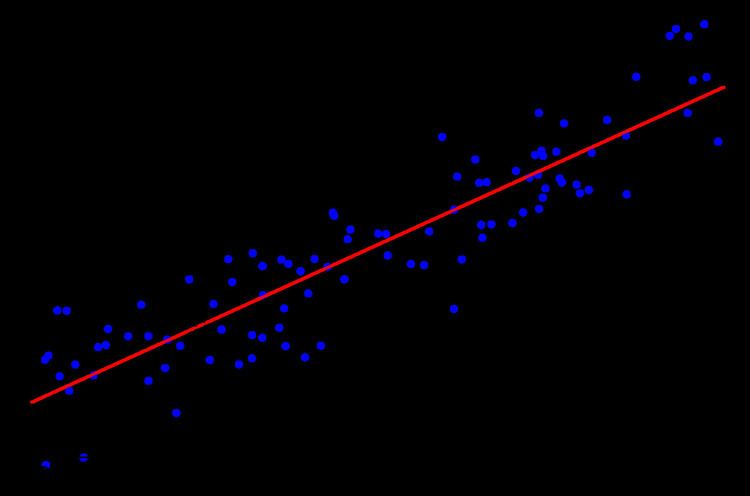 | ||
A mixed model is a statistical model containing both fixed effects and random effects. These models are useful in a wide variety of disciplines in the physical, biological and social sciences. They are particularly useful in settings where repeated measurements are made on the same statistical units (longitudinal study), or where measurements are made on clusters of related statistical units. Because of their advantage in dealing with missing values, mixed effects models are often preferred over more traditional approaches such as repeated measures ANOVA.
Contents
History and current status
Ronald Fisher introduced random effects models to study the correlations of trait values between relatives. In the 1950s, Charles Roy Henderson provided best linear unbiased estimates (BLUE) of fixed effects and best linear unbiased predictions (BLUP) of random effects. Subsequently, mixed modeling has become a major area of statistical research, including work on computation of maximum likelihood estimates, non-linear mixed effect models, missing data in mixed effects models, and Bayesian estimation of mixed effects models. Mixed models are applied in many disciplines where multiple correlated measurements are made on each unit of interest. They are prominently used in research involving human and animal subjects in fields ranging from genetics to marketing, and have also been used in baseball and industrial statistics.
Definition
In matrix notation a mixed model can be represented as
where
Estimation
The joint density of
The solutions to the MME,
One method used to fit such mixed models is that of the EM algorithm where the variance components are treated as unobserved nuisance parameters in the joint likelihood. Currently, this is the implemented method for the major statistical software packages R (lme in the nlme library), statsmodels and SAS (proc mixed). The solution to the mixed model equations is a maximum likelihood estimate when the distribution of the errors is normal.
